Our Masters Students
Jamin Wu

The research that he is currently undertaking is on the Evolution of Jean-Léon Gérôme’s colour schemes. His painting career stretched across the transition of French academic art to modernism in the mid to late 1800s. He transited from traditional neo-classicism to a new mode of history painting, innovating new compositional techniques, further influenced by his Oriental travels, as well as colour theory and colour technology advancements in the century. However, despite the apparent innovations Gérôme has made, discussion about his colour schemes have been largely neglected. This research is to identify what are the changes in his colour schemes in paintings that were career milestones in which apparent innovations has been exercised.
Jamin had graduated with a BFA in Digital Animation in 2013 from Nanyang Technological University, School of Art, Design and Media. As a freelancer, Jamin had worked on independent animated short films such as 5 Shades of Solitude, which was featured in Utter 2015 as part of Singapore Writer's Festival, educational products such as IZ Hero, which educates children about Internet safety, and 40 Martyrs of Famagusta, a supplementary animated short to create awareness about art conservation in Cyprus.
Chan Fong Yuen

Cinematic virtual reality is the adaptation of virtual reality technology in filmmaking as an art form. Rather than producing moving images in a rectangular screen format, imagery expansion from widescreen CinemaScope to frameless has a fundamental change in all kinds of work in film practice. Profilmic event, the action staged for the camera, is reconstructed to accommodate the 360° imagery. While the long-established film practice in two-dimensional traditional film can merely be directly adopted to the spherical space in cinematic virtual reality, the occupational roles and relationships between film crew members in CVR is no longer the same as that in traditional film production. While most research focus on the changes in screen grammar, there are relatively few studies about the changes of film practice. This research investigates the division of labour and occupational role in cinematic virtual reality production, examining how the relationship and communication between different creative departments is transformed to a different mode of production in cinematic virtual reality projects. This research aims at achieving industrial reflexivity in cinematic virtual reality.
Chan Fong Yuen worked as an assistant cameraman in the Hong Kong Film and TV industry after graduating from School of Film and Television, HKAPA.
“As I worked in different shoots of different narrative purposes and production scales, I was deeply fascinated by film production culture in the film and TV production industry. Working dynamics of different creative crews, unspoken working rules and styles established, transformation of different practices forming a highly flexible culture are some of the questions which intrigued me deeply and I wish to explore them academically.”
Lam Choon Khee
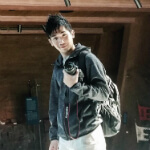
His M.A. dissertation explores the aesthetics and practical impact of Virtual Reality on an artist that discovers new kinds of artistic expression. The research's theoretical basis includes investigating digital technologies to identify their perceived advantages/challenges and understand the creative potential as an artistic innovation.
Lam Choon Khee has been working in NTU-Institute for Media Innovation (IMI) as a Designer / Researcher involved in their vast array of multidisciplinary research projects on new media technology and social robotics.
Lee Zheng Yang

Christopher's passion lies in stimulating feelings in the audience by bringing digital environments to life through animation and visual communication. His research interests lie in how narrative video games can create meaningful experiences through the use of pixel aesthetics in order to aid and encourage the imagination of the player, at the same time, fostering immersion through realistic rendered environments.
Xu Peisen
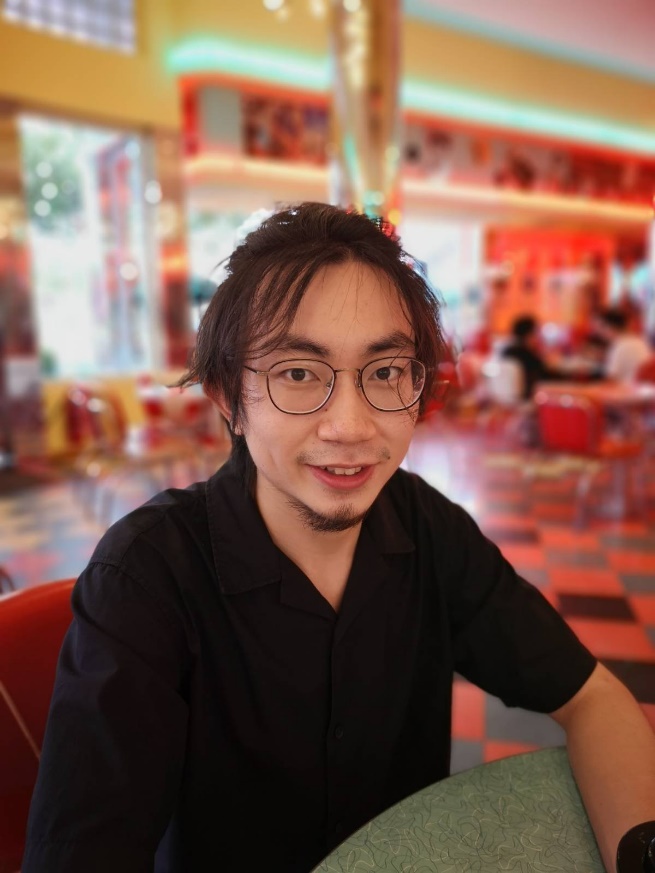
In his research, Non-photorealistic rendering of twentieth-century cartoonists’ expressiveness in 3D real-time. Decoding and mapping the style of Al Hirschfeld to propose a stylization method and a design process for the animation industry, Xu Peisen takes a network approach to decode the symbols and characteristics of Hirschfeld's artworks visually and structurally and map them to the potential technical implementations. He proposes a workflow that utilizes this network as springboard to design and develop 3D line art characters in a real-time walk-through. With this workflow, he explores the potential of generalising this framework to incorporate the broader influences from the other artists such as Ronald Searle (1920 - 2011) and Gerald Scarfe (1936 -) while elaborating the limitations of the usage and the ways to optimise the workflow.
As one of the masters of line-work in the 20th century, Al Hirschfeld (1903 - 2003) is one of the foremost representatives of a great generation of caricature artists. He extensively drew the American popular culture of the whole century at its peak of liveliness and pushed beyond the boundary of conventional and commercial cartoon art with his exclusive focus on the complex and innovative usage of pen-and-ink lines. The elegant fluidity in Hirschfeld, the kinetic nature and his effectiveness in capturing not just the likeness, but the essence of the characters were signified by communicating through a structure of visual symbols. His works uniquely stand out as part of a larger group of 20th century cartoonists whose economy of graphic lines frequently inspired traditional animators. However, in research and industry of 3D line rendering, little efforts have addressed the difficulties of problem-solving in transforming the simplicity and aesthetic of hand-drawn lines to 3D real-time by re-examining the production workflow.
V Vimal Kumar
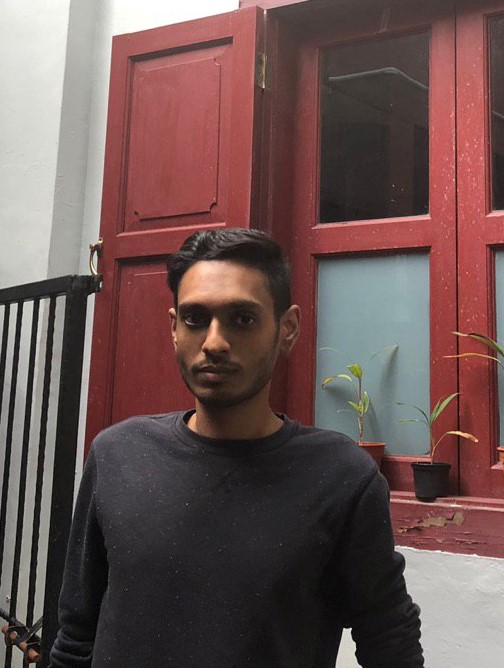
His research, Mariamman Worship in Singapore, aims to build upon existing studies on the domain of Hindu Goddess worship in Singapore – most of which are from a sociological viewpoint – by taking on an art-historical lens to unravel the underlying complex narratives behind the worship of this rural tutelary Goddess. Being the oldest established Hindu temple in Singapore, the Sri Mariamman temple is a significant icon in the history, art, and traditions related to Hinduism in Singapore. In studying the fluidity of Hinduism in Singapore, the worship of Goddess Mariamman will be examined using iconography and ritual worship.
Vimal Kumar (b. 1993) is a multidisciplinary Singaporean artist and researcher with an interest in everything within and beyond our sight. His interest in the visual aspect of storytelling serves as the basis for his creations, which often explore themes related to culture and heritage, spirituality, and ecology.
Zhang Tian Yi
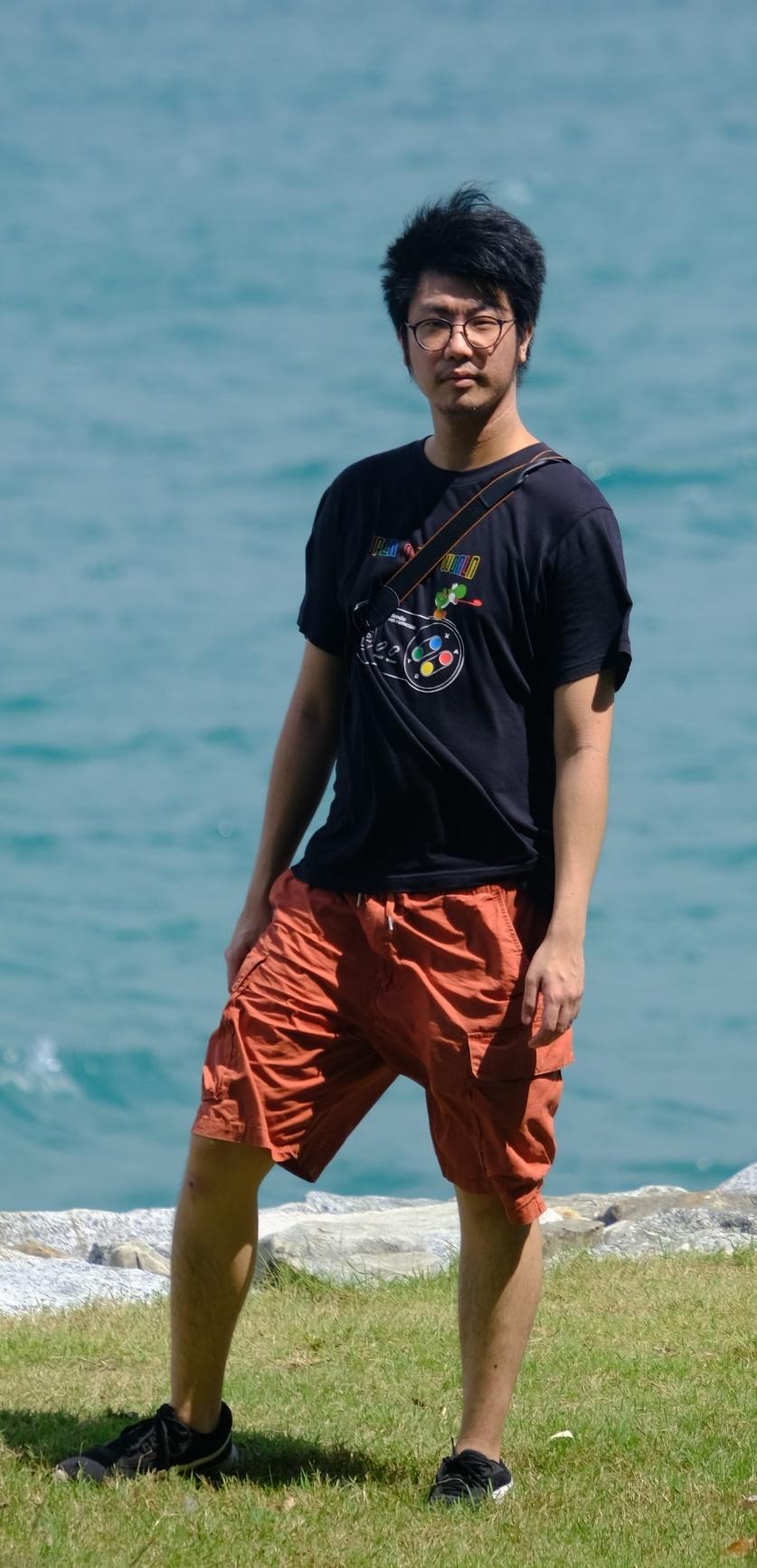
Zhang Tian Yi is interested in the overlapping areas among film, game production and interactive media. Prior to his studies at NTU, he graduated from the City University of Hong Kong, equipped with 2 years plus professional TV and film industry working experience, including Production Assistant from TVB and VFX Compositor at Digital Domain. He worked as a Research Assistant with Prof Maurice Benayoun, an interactive media professor at the City University of Hong Kong and participated twice in Arcs Electronica HK Garden events (2020,2021), art exhibitions and other academic conferences. He also actively volunteered twice in SIGGRAPH Asia (2018, 2019).
With such knowledge and background, he is now researching the implementation of Virtual Production for academics. Virtual Production is an industry cutting-edge filmmaking technology which blurs out the conventional waterfall-like phase: pre-production, production, and post-production. Through the integration of the game engine’s real-time rendering, real-time keying, motion capture and photorealistic 3D assets, the “Fix-it-in-the-postproduction” mindset alters into “Fix-it-in-the-pre-production” and even “Fix-it-on-set”. One of the famous examples of VFX-laden movies and TV dramas is The Mandalorian (2019). His research is to investigate this paradigmatic shift in the mode of production from the industry, specifically in the role of the newly created department, the Virtual Art Department. Then, extracting the core concepts and placing them inside an undergraduate course.Lim Shu Min
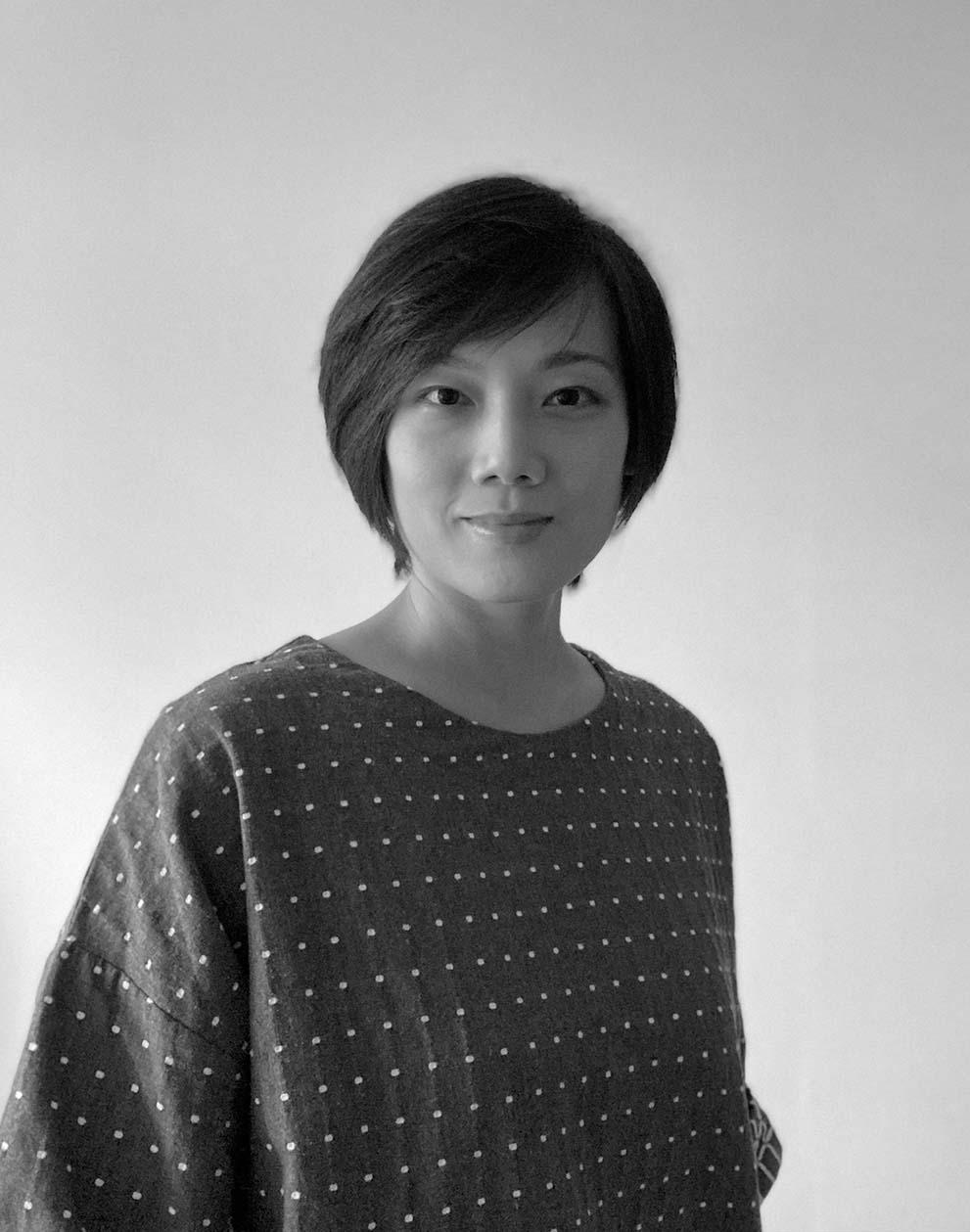
Lim Shu Min is a designer working across print, screen-based media and exhibitions. She received a BFA in Graphic Design from the Rhode Island School of Design, with a concentration in History of Art and Visual Culture. Her current research is focused on virtual exhibitions on the World Wide Web. It combines her interest and experience in exhibitions and digital media, studying how virtual exhibitions borrow, adapt and transform existing or historical conventions from both fields.
Philip Ho Zhi Yang
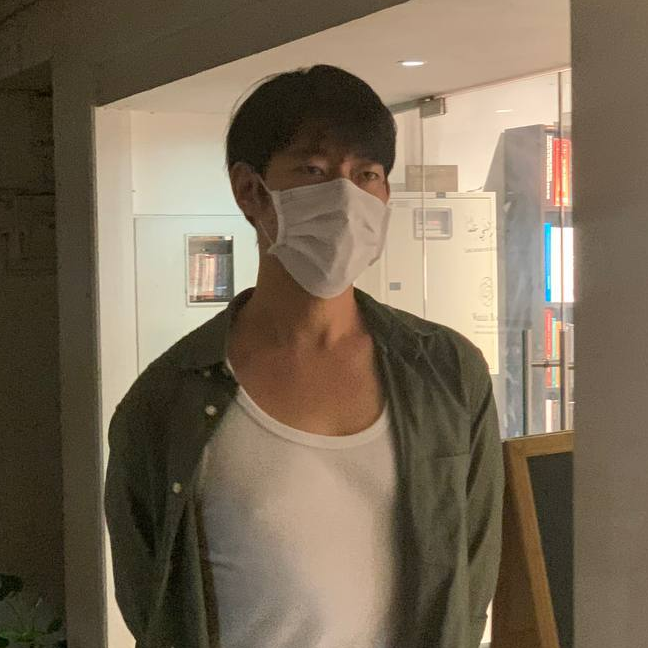
Philip Ho worries about human psychology, intentions, and beliefs. Previously, he received the Kwek Leng Joo Prize of Excellence in Photography (2017) for his work on simulation spaces such as training grounds. Some say he is still an artist even though he put an extended pause on artmaking to focus on his health. He was a florist for a while, but realized he likes growing, looking at, and walking among live plants more than chopping them up for a wedding at 3am.
His thesis studies participatory art in Singapore since the mind 2010s shift in government policy towards arts outreach and using art for community-building purposes. It begins with asking whether such participatory art is possible within the political and economic conditions of Singapore—and if so, what the opportunities and limitations are within those conditions.
Fang Zong Rui Dexter
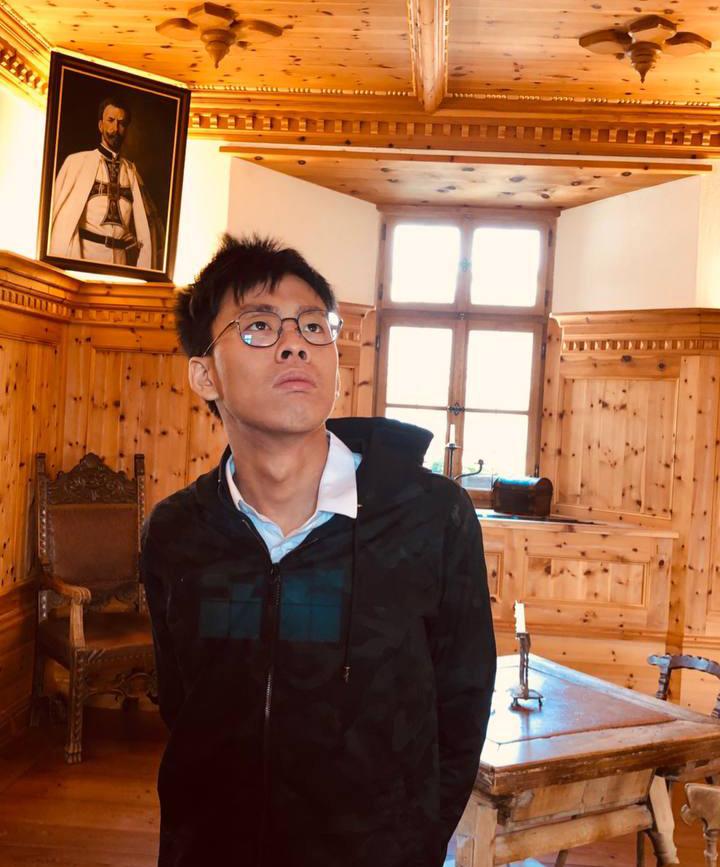
Dexter is a 3D animation major who graduated from LASALLE College of the Arts in 2019. Subsequently, he worked as a Project Officer in Nanyang Technological University in a project on Artificial Intelligence in Autonomous Vehicles by Assoc Prof Peer Sathikh, where he served as a Virtual Reality (VR) developer. Supervised by AP Peer, Dexter co-wrote a research paper "Achieving Trust in Future Human Interactions with Omnipresent AI: Some Postulates" presented in the Proceedings of 2021 Intelligent Systems Conference (IntelliSys) 2021 and published in the Springer series "Lecture Notes in Networks and Systems". He also co-authored an experiment paper: "Assessing Indicators to Testing Human-AI Interaction in Autonomous Vehicles: A Pilot Study with Omnipresent AI", which was presented at Resource Efficient Vehicles Conference 2021 (REV2021), Sweden. In 2021, Dexter was the creative and technical lead for the Brahmastra Festival of Arts, a project backed by MCCY and National Youth Council. He led the development of a first-of-its-kind website and integrated experiential 3D model of the Somerset Belt and its street buskers.
Dexter enjoys telling stories through environments and he is studying multi-participatory spaces in VR, using historical education as an exemplar. The unique nature of the VR medium being immersive presents the possibility for users to experience and share a virtual space which may not be possible to recreate in the real world. Such a world will sustain user interest through self-directed exploration. Dexter aims to investigate how such experiences may be crafted, through scrutinising concepts related to VR such as Presence, Affordances and Avatar Embodiment. With these concepts in mind, participants within the space may then be encouraged to interact naturally with each other to create a deeper and more intimate understanding of the virtual world which they are in.
Chew Keng Hao
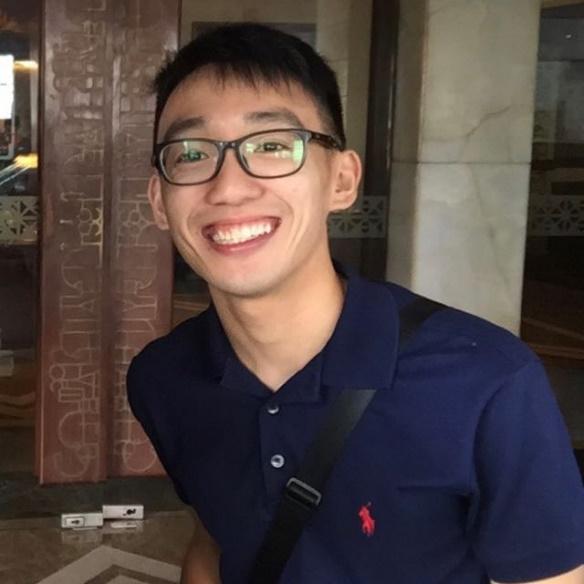
Keng Hao has a passion for Immersive Media. His M.A dissertation explores the design of Cinematic-VR Experiences in inducing empathy towards persons with dementia (PWD) in Singapore. The research seeks to push the boundaries of Cinematic-VR production and investigate how embodiment could change the immersion and presence of Cinematic-VR experiences.
Keng Hao has been working as practice based researcher/ filmmaker and hopes to evolve into an influential producer who can educate the public to express concern for social issues.
Bao SongYu
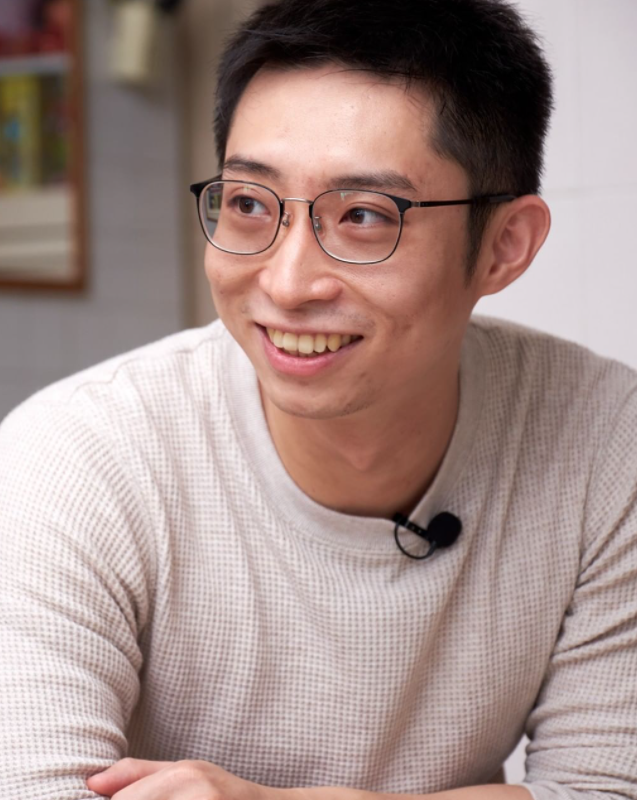
Bao is exploring action research in generating sculptural forms using co-creation as a method. His research aims to provide a practical understanding of how theories in participatory arts can supplement conditions for co-creation in public spaces.
Bao Songyu (b.1993) is a maker-designer fixated on kineticism and corporeality. He is interested in social interactions, the future of humans and visual phenomena. Bao’s work ranges from installations to kinetic sculptures with elements of robotics and artificial life. He aims to continue experimenting with different materials used in 3D printing and production to further his understanding of materials and their applications.
Tan Wei Wen Donovan

Thesis Title:
An Exploration of Effective Social Design in Singapore
An abstract of your thesis
Although there is some evidence that social design and its principles are increasingly being used in Singapore to tackle social issues, the extent to which they are used as well as their impact and challenges are not fully documented. My paper explores how social design campaigns are designed in Singapore. It also investigates methodologies and frameworks used, as well as the impacts and challenges involved in implementing them.
As such, this paper aims to help define social design as a practical design approach in Singapore.
Research Areas
Social Design
Social Innovation
Design Thinking
Design Methodology
Communication Strategy
Supervisor
Assoc Prof Jesvin Yeo Puay Hwa
Email TA0034EN@ntu.edu.sgToh Ying Li
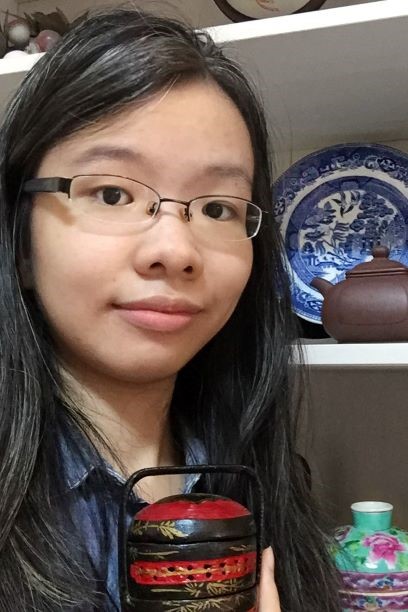
Thesis Title:
The Peranakan Phoenix: Symbols, Emblems and Identity. Investigating how the phoenix motif became the dominant emblem of Peranakan culture in the 1980s –2000s.
An abstract of your thesis:
In traditional Peranakan Chinese artefacts, the phoenix motif is one of the most prevalent and appears frequently in Peranakan ornamentation. In recent decades, the phoenix motif has transitioned into becoming the dominant emblem used to represent the Peranakan Chinese community in Singapore.
My research investigates historical factors, divisions of power and cultural motivations between the 1980s –2000s that led to the phoenix motif becoming the dominant emblem of the Peranakan Chinese. It focuses on the more recent developments in Peranakan culture and explores the role that symbols and emblems play in identity construction, as well as understanding culture through the study of symbols.
Research Areas:
Heritage Studies
Symbols and Emblems
Culture and Identity
Supervisor:
Assoc Prof Danne Ojeda Hernandez
Email: yingli001@e.ntu.edu.sg
Cheng Shao Meng (Merlin)

Thesis Title:
The Role of Immersive Media in Engaging Singapore’s History & Cultural Heritage: National Museum of Singapore as a Case Study (2010 – 2020)
An abstract of your thesis
This thesis will investigate the role of (digital) immersive media (IM); such as virtual reality (VR); augmented reality (AR); mixed reality (MR); immersive digital environment (IDE); among others; in the context of National Museum of Singapore (NMS) from around 2010 to 2020. It will acknowledge that digital IM is a small part of the larger exhibition design and planning strategy in NMS and uses ‘An Old New World’ exhibition as the starting point of discussion. The discussion will move on to the permanent exhibitions and the DigiMuse program and how initiatives like this influence and change the way NMS design an exhibition. Lastly, it will look at how IM plays a part in meaningfully engage, enrich, and excite museum visitors in learning about Singapore’s history and cultural heritage.
Research Areas
Immersive Media in Museums
Applied Virtual, Augmented, Mixed Reality
New Media in Museum Exhibition Design
Museography and Exhibition Planning
Digital Museum and Cultural Heritage
Supervisor
Asst Prof Kristy H.A. Kang
Ong Zi Feng
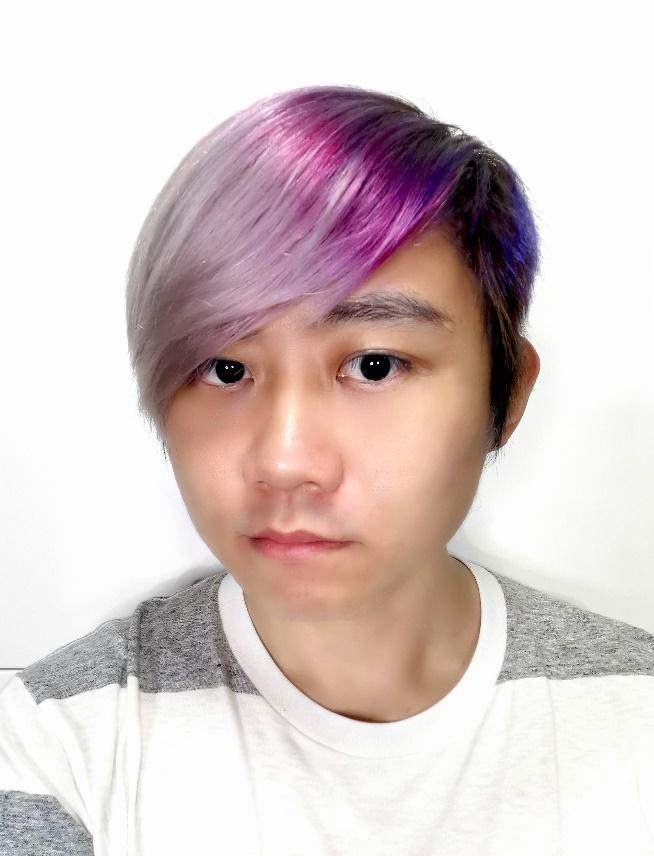
Thesis Title:
Forming a new taxonomy of the Arts. Using human senses as superregnum, medium as kingdom.
Abstract:
This research focuses in proposing a new taxonomy of the Arts by integrating Aristotelian five senses as the superregnum and medium as kingdom by using an adaptation of the phenetic taxonomy to provide a classification system that focuses on the constituent of artworks. This taxonomy system will aid researcher and artists in the process of analysing artworks by basing on the artwork’s fundamental principles and diminishing the significance of the production information of the artworks, only using these information as a mean to identify or cite the exact artwork.
Research Areas:
The Arts
Classification Systems
Human Senses
Supervisor:
Asst Prof Bernhard Johannes Schmitt
Email:
Fairuz Natasha Binte Jumari

Thesis Title:
Ambiences for aesthetic contemplation in the films of Lav Diaz and Apichatpong Weerasethakul: Sound in “Slow Cinema” as experienced in Southeast Asian
ABSTRACT. The combination of long takes and ambient soundtracks have been attributed to the aesthetic of documentary filmmaking until the prevalence of “slow cinema”. Following its growing recognition across film festivals, the genre garnered academic interest, albeit with little scholarship focusing on the soundtrack as “commentators on slow cinema have been too reliant on the films’ visual characteristics, in that they attempted to understand slowness in purely visual terms.” (Çağlayan 2018: 32) Existing contributions to academic studies on sound in slow films have also been predominantly Eurocentric, covering film texts of that region where “language is rarely a disinterested tool…but rather it constitutes their very subject matter.” (Archer 2016: 133) This is a disjuncture to the slow cinema of Southeast Asia where verbocentrism in films is diminished, foregrounding instead the natural soundscapes. Hence, this paper aims to investigate the role of sound in redefining pacing conventions by assessing the potential for the inherently spatial and temporal ambient sounds to create a contemplative cinema, characterised by the films of Lav Diaz and Apichatpong Weerase ABSTRACT. The combination of long takes and ambient soundtracks have been attributed to the aesthetic of documentary filmmaking until the prevalence of “slow cinema”. Following its growing recognition across film festivals, the genre garnered academic interest, albeit with little scholarship focusing on the soundtrack as “commentators on slow cinema have been too reliant on the films’ visual characteristics, in that they attempted to understand slowness in purely visual terms.” (Çağlayan 2018: 32) Existing contributions to academic studies on sound in slow films have also been predominantly Eurocentric, covering film texts of that region where “language is rarely a disinterested tool…but rather it constitutes their very subject matter.” (Archer 2016: 133) This is a disjuncture to the slow cinema of Southeast Asia where verbocentrism in films is diminished, foregrounding instead the natural soundscapes. Hence, this paper aims to investigate the role of sound in redefining pacing conventions by assessing the potential for the inherently spatial and temporal ambient sounds to create a contemplative cinema, characterised by the films of Lav Diaz and Apichatpong Weerasethakul. It also studies the movement of slow cinema and how it positions itself in this region. thakul. It also studies the movement of slow cinema and how it positions itself in this region.
KEYWORDS:
film sound, ambient soundtracks, aesthetic contemplation, slow cinema, contemplative cinema.
Supervisor: Ross Adrian WILLIAMS
Email:
YU Qinshu
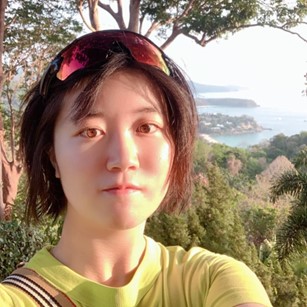
YU Qinshu is an MA candidate in the School of Art, Design and Media at Nanyang Technological University. Her research is in game theory and game design – philosophy of gamification, gaming psychology and storytelling strategies in games. She is also interested in developing VR games and exploring the fictional emotions generated by VR devices – how can VR technology impact us to “jump” between the virtual and real world?
She double majored in psychology and philosophy in her undergraduate study at the University of Melbourne. After developing her thesis in the philosophy of videogames, she graduated with first-class honours and identified her interests in this area. Now, her MA thesis concerns emotions in games - other than representational game entities, such as colour and sound cues – the information that generates emotions via players’ sensory absorption. She would like to explore another aspect of gameplay - the emotional interactive mechanism that evokes the intended emotions when engaging players’ own free will to change the fictional truths.
Also, she is a lover of videogames when off work. Welcome to contact her and play together for PC, PlayStation and Nintendo Switch :)
Ji Ludanyang
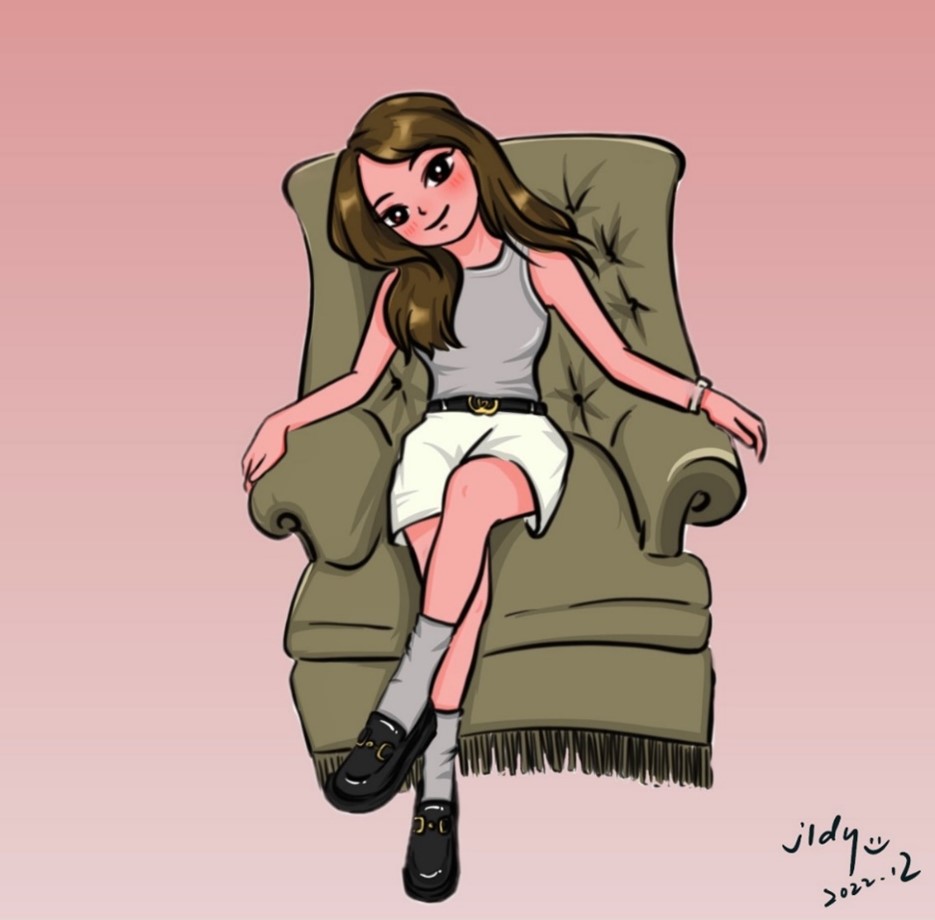
She graduated from Chung-Ang University (CAU) in South Korea, which is highly acclaimed for its research in media, taking a major in Information and Journalism. The four-year study has equipped her with a solid theoretical framework in journalism, communication, television production, and media operation. Additionally, during her exchange program in 2019 at Wee Kim Wee School of Communication and Information NTU Singapore, her intercultural and practical capacities related to media were greatly strengthened. In 2022 August she joined ADM and now she is conducting her practical and theoretical study and work within the topic of 'feminism and film'. Learning about how fictional elements in Film & TV Drama represent realistic story is her current research interest. Also, she cared about female and minority groups' story and their narrative ways on screen. Her research will lay a foundation for her script writer and director career in the future.
Research Interests: -Film/Cinema - Gender - Media aesthetics - Digital revolution - Identity politics - Documentary production - TV Drama
Muhammad Hadi Ikhsan

Hadi is a part-time MA student at ADM, NTU, and a graphic designer under the Sea Level group at the Earth Observatory of Singapore, NTU. He works mainly on refining scientific figures, creating schematics, and producing animations for papers, presentations, and lectures. For his MA research, he is interested in exploring Virtual Reality (VR) as an educational tool for increasing awareness of environmental issues.
His research topic is a response to the loss of mangroves in Southeast Asia due to anthropogenic and natural factors. This situation is ironic because mangrove ecosystems provide services to the environment and play a crucial role in the climate system. Therefore, his practice-based research focuses on exploring the design of a VR game to visualize mangrove forests as a part of an outreach toolbox for promoting mangrove conservation. This study will also touch on empathy elicitation towards these ecosystems as the basis for designing the VR game. According to prior studies, games are well-suited for supporting educational or activist programs in which fostering empathy is a key method or goal. Hadi hopes his MA project can support the efforts done by environmental activists, government bodies, and educational institutions to raise awareness of mangroves.
Clara Chong

Clara Chong is currently pursuing the Master of Arts (Research) at Nanyang Technological University, Singapore. Her interests and background are in creative experiences and expressions which can connect communities through art and heritage. Her current research explores the use of photographic archives to elicit memories and social participation among the elderly population.
In her own time, Clara muses in clay and makes ceramics. It is the tactility of the craft and the collaboration with elements of nature that draws her back time and again. She’s also an opinionated foodie and would be happy to walk under the Singapore heat just to get a good cup of kopi; ask her for recommendations of her favourite local fare.
Clara graduated with a BFA in Photography and Digital Imaging from Nanyang Technological University, School of Art, Design and Media in 2017, and has worked across roles in museum, galleries and social services.

